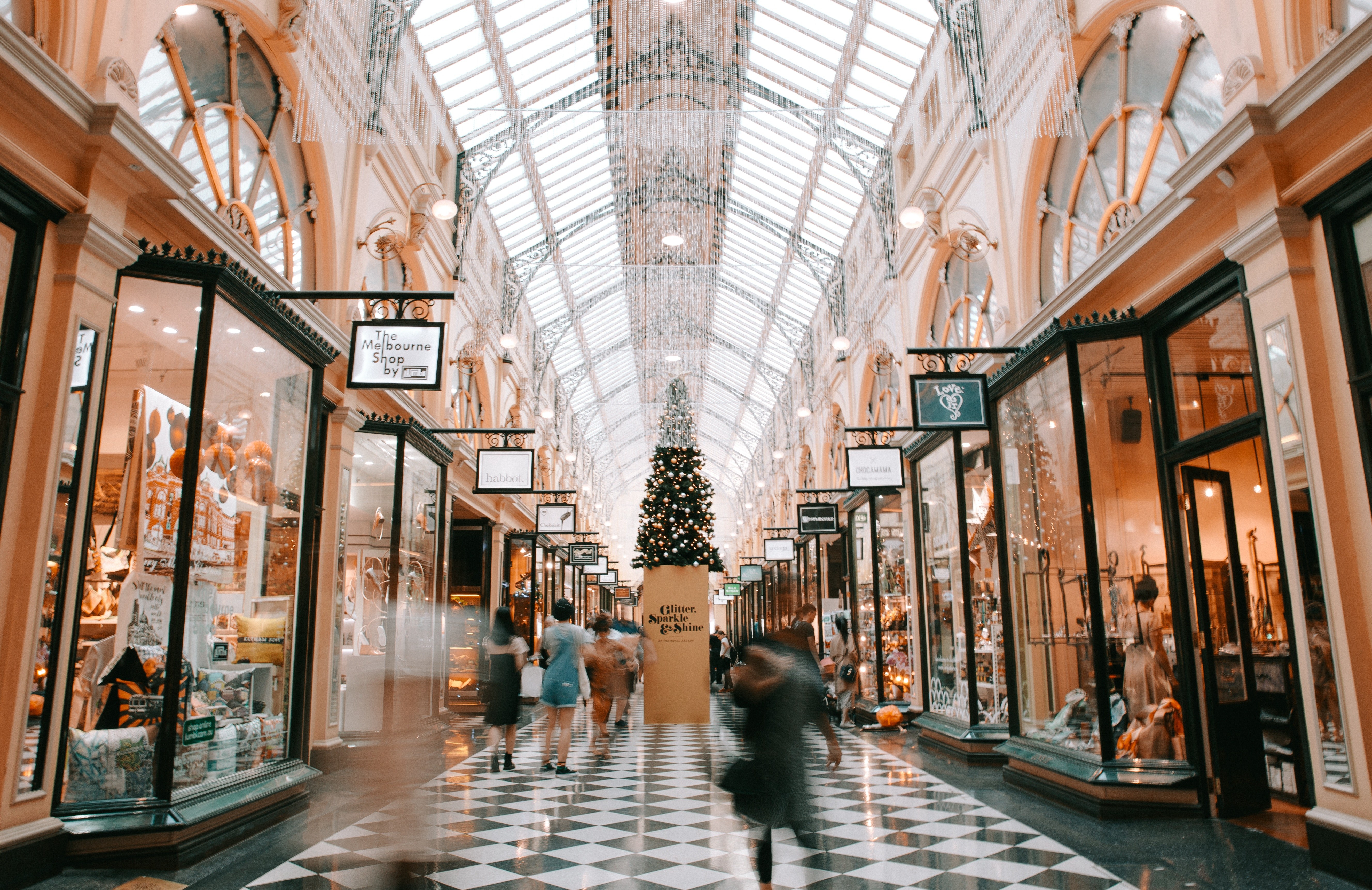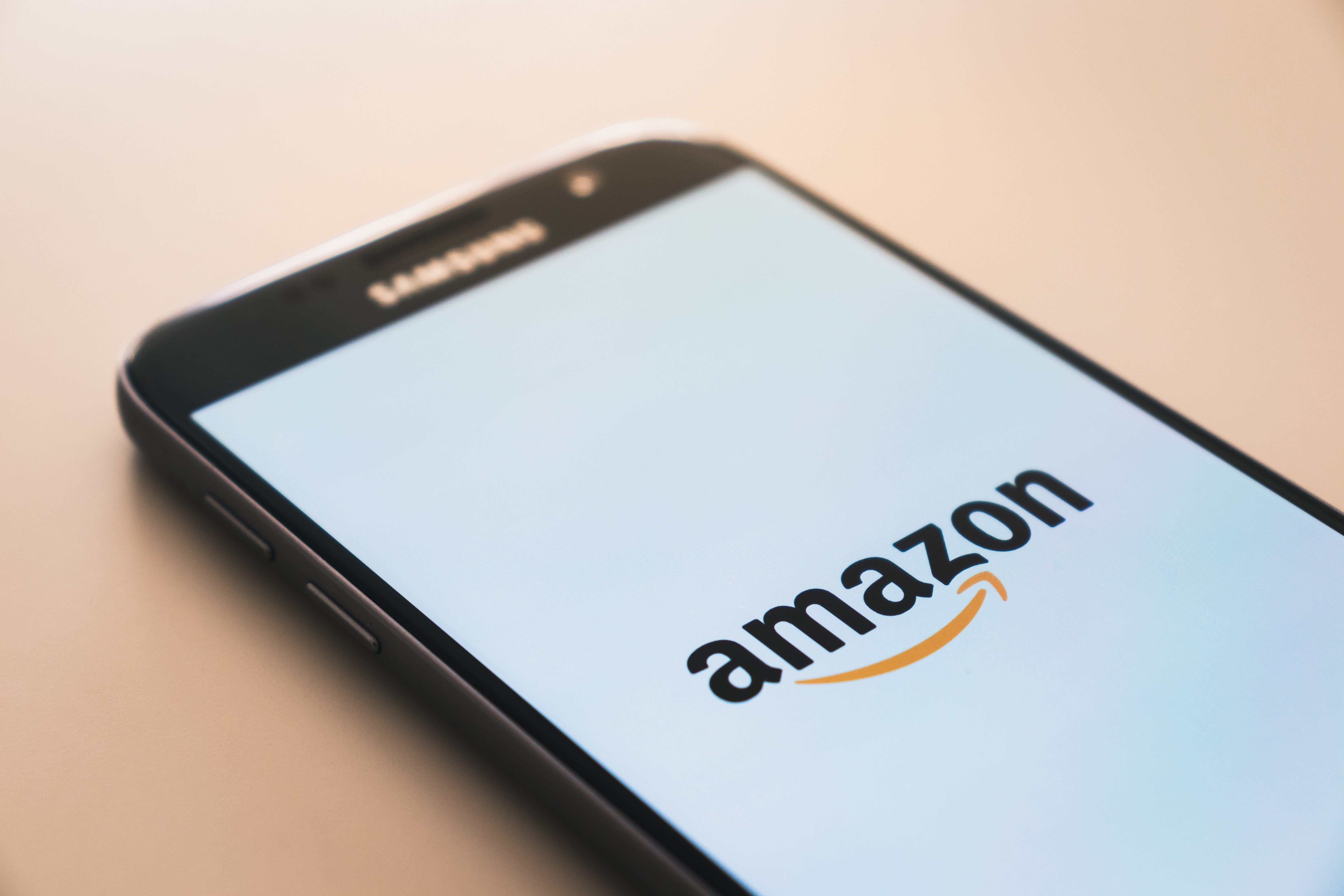This has been a pivotal year for retail. It’s out with the old and in with the new, and there’s an interesting story emerging with what’s new. Retailers have learned that consumers aren’t simply interested in shopping, which they can easily do from the comfort of their homes. Rather, they want retailers to offer a seamless omnichannel experience at all touchpoints and immersive brand experience when they are in-store.
Retailers are increasingly turning to technology, digital tactics, and brand experiences to blend the online and offline worlds and create a more engaging experience when consumers are in-store. Here, we look at this new era of retail and the key ingredients for success in 2019.

Efficiency Through Personalization & Innovation
Consumers want to be treated like an individual, with brands understanding them and their own unique set of needs. As such, applications of artificial intelligence are being pioneered as potential retail game-changers. While not plainly visible to consumers, A.I. cognitive computing technologies are developing an understanding of how individual consumers shop and deliver content and product recommendations uniquely tailored to them. Through machine learning, marketers will gain a better understanding of their consumer and predict what they will buy.
Similarly, chatbots allow brands to connect with consumers and engage with them in real time, resolve issues on multiple platforms, and infer customer preferences to create an individualized shopping experience either online or in-store. For example, activewear brand Fabletics has a concept store where POS technology allows customers to link their online membership profiles to the store, so employees are able to offer deals or personalized product recommendations. While consumers want personalization, marketers will have to tread carefully to avoid crossing the line from curated to creepy.
Options, Options, Options
According to PSFK, when thinking about what makes a service “convenient,” consumers say their top three factors are speed (4.2 out of 5), flexibility (4.1), and personalization (4.07). When it comes to retail, convenience is critical to closing the sale, with a 2018 U.S. Consumer Study revealing that 86% of consumers have left a store in the last year because of long lines. In order to combat these issues, retailers are providing consumers with a litany of distribution options to get their products where, when, and how they need them.
Amazon has been a leader in tying online to offline and innovating the shopping experience. Through Prime Now, shoppers are able to order groceries online and pick them up in as little as 30 minutes. Amazon is also addressing the consumer’s need for speed with their cashierless Amazon GO stores. With early success in Seattle, Chicago, and San Francisco, Amazon is rumored to be rolling out its “just walk out” technology to 3,000 stores nationwide. This will set the bar and accelerate cashierless checkout technologies for other retailers.

Exemplary Experience at Every Stage
While we often think of the moment of purchase in a physical retail store as the most important part of the customer experience, there are many instances, before and after one purchases a product, when a retail brand has the opportunity to leave a positive impression on the consumer. Research shows that consumers want that, too, with 84% reporting that they would be somewhat or very likely to visit a store that offers services to help them get the most out of their purchase.
Best Buy has done a great job with this, creating the Best Buy Camera Experience Shop where consumers can enroll in free beginner classes to learn how to get the most out of their newly purchased equipment. Sephora, too, has evolved their in-store beauty experiences with their TIP (Teach, Inspire, Play) stores that offer group beauty classes, inspiration via the Beauty Board - a shoppable gallery of social user-generated content and Tap-and-Try virtual makeup try-on stations.
The Evolution of the Pop-Up
Pop-ups bring excitement and a sense of community to the retail experience. In fact, some pop-ups may simply act as brand experience hubs. For example, Hermès, one of the most exclusive and luxurious brands, opened "Carré Club" (carré means "scarf") pop-ups in New York, Toronto, Singapore, Los Angeles, and Milan. With free public admission, guests could get photos taken, sing karaoke, enjoy complimentary refreshments from a café, and watch artists and designers at work. Similarly, Cycling gear retailer, Rapha, has created a network of clubhouses where cycling enthusiasts can gather together and experience the brand ethos.
For brands that may not have the budget for a full-time retail store, experiential pop-up shops can be a great way to let consumers experience all your brand has to offer. Even department stores are developing in-store micro pop-ups to drive store traffic. Bloomingdales has launched Carousel, a series of in-store pop-ups that are curated around different themes. Changing every two months, these shops give customers the opportunity to have an immersive experience that introduces them to emerging brands and exciting new products.
Experiential marketing can be the perfect avenue to add a personal touch to the in-store experience. Contact us today to learn how our suite of experiential marketing services can help you meet the evolving needs of consumers and transform your in-store experience.
Sources: PSFK’s Future of Retail 2019, A DTC Playbook for Owning the Retail Life Cycle, eMarketer 2019 Retail Predictions
